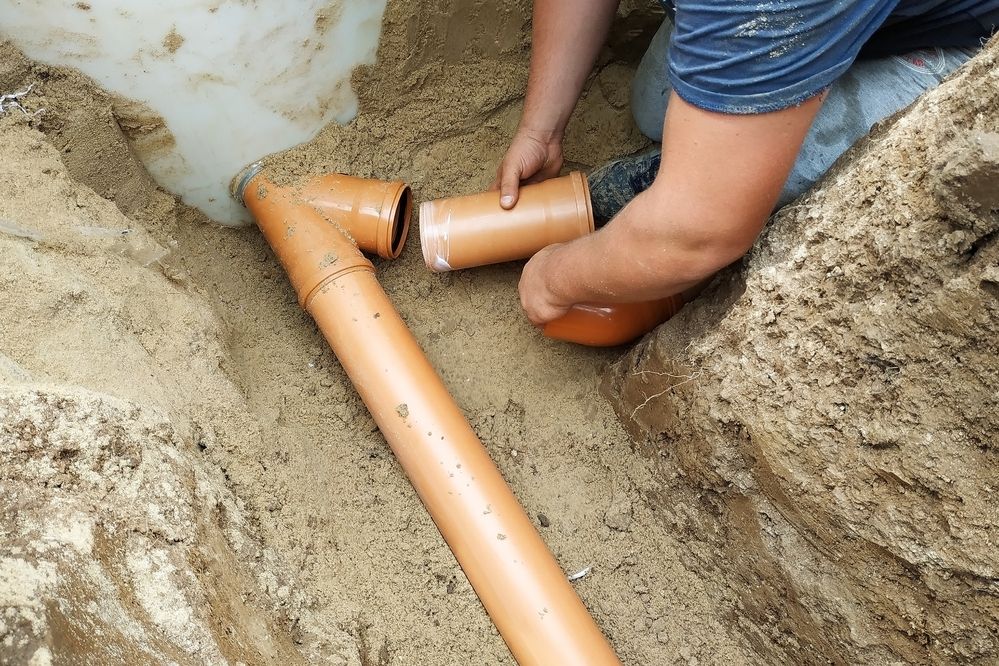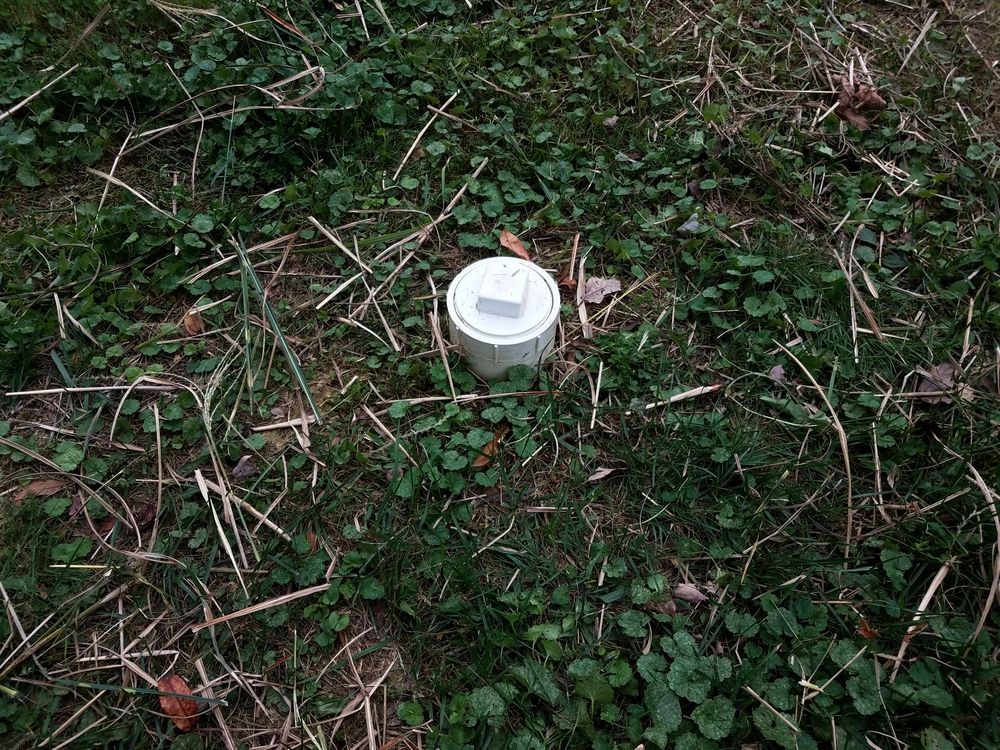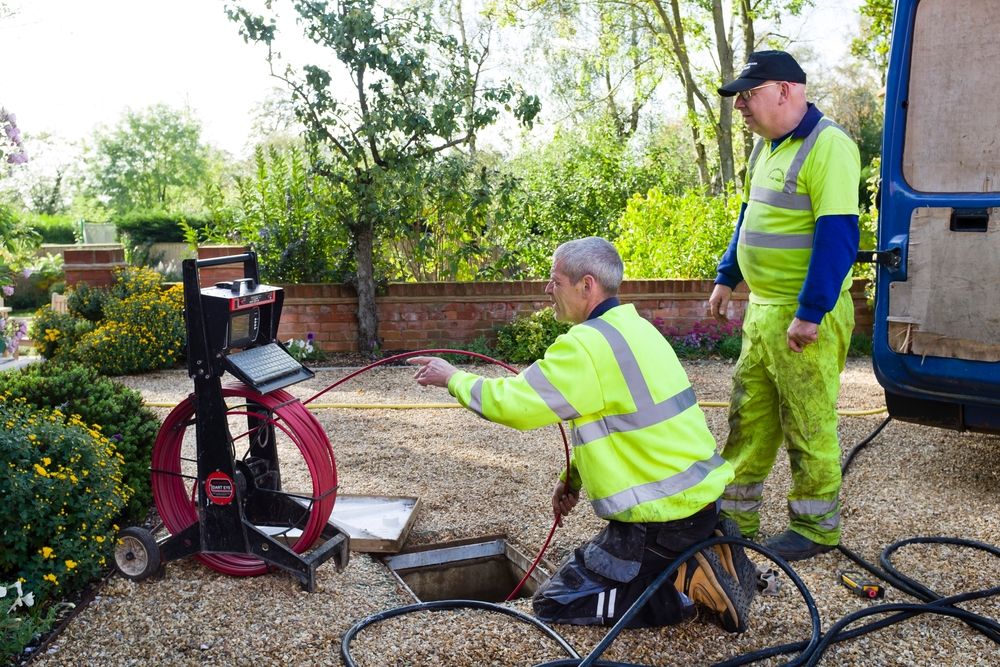If you want to know how to find the main sewer line in your house without digging, you’re in the right place. This article will tell you exactly where to look in your home or yard. If you can’t seem to find it yourself, we give you plenty of other resources that can help.
Your main sewer line is what carries all the waste and sewage out of your home. If this crucial part of your home fails, it can lead to clogs, overflows, leaks, and more. That’s why it’s important to know how it works and where it’s located.
How To Find The Main Sewer Line In Your House

Your main sewer line is underground, and unless you start trenching through your home, it might be a little hard to find. First, you need to locate your main sewer line cleanout. The cleanout is meant to be an easy access into your sewer line, usually located right as it enters your home. This fixture should be sticking out of the ground and looks like a white 4″ diameter tube with a square cap.
Cleanouts are usually in basements, crawl spaces, or garages. Not all homes have an indoor sewer line cleanout, though. Some homes’ sewer line cleanouts are outside, while some homes don’t have one at all (rare).
How To Find The Main Sewer Line In Your Yard
If you can’t find the main sewer line in your house, it’s probably somewhere in your yard. Sewer line access points outside your home are usually installed near your foundation or between your house and the street. Your sewer line cleanout should be sticking out of your grass and easy to spot. If not, check to see if a bush or shrub is covering it.
If you can’t find it in your grass, check the side of your home closest to the main floor bathroom (master or guest).
Still Can’t Find Your Main Sewer Line?

If you still can’t find your main sewer line, here are some other steps you can take.
- Asks the home’s previous owner – If you’re in contact with the person who sold your home, try giving them a call. If you don’t have a way to reach them, call your local county records office. They should have all the deeds that were ever filed for your home.
- Call your city – If you can’t reach the county records office, call your municipality’s local zoning or building office. They should know as well.
- Locate your septic tank – If your home is connected to a septic system, the main sewer line will be directly between your house and the tank.
- Call a sewer line repair expert – If you call a sewer line repair professional, chances are they know how to find your main sewer line.
- Check for online maps – Some U.S. cities have online maps that show their entire sewer line network. For homeowners in Los Angeles County, you can use the LA County Sewer Network Map. Check to see if your city or county offers the same service.
- Call 811 – If you’re in the U.S., call 811, the “call-before-you-dig” phone number. This free service will put you in touch with local contractors who can come out and paint or mark your lines.
- Use a pipe locater – A pipe locater uses two parts: a detector/transmitter and a wand. You need to feed the detector/transmitter into your sewer line cleanout (it doesn’t work if you feed it through your toilet). If it doesn’t move through your line, you might have a clog. Once it’s through, take the wand and wave it around your floor until it starts beeping. This will give you a clear direction of where your sewer line is leading to. Pipe locators are available for rent/purchase online or at your local hardware store.

Reasons You’re Looking For Your Main Sewer Line
If you’re looking for your main sewer line, chances are you have a clog preventing you from flushing, showering, or taking a bath. You may have already snaked your toilet or shower, and it’s still not draining water. Here are some signs your main sewer line is clogged or broken.
- All of your fixtures are draining slowly or not at all.
- Typical unclogging methods such as snakes and drain cleaners aren’t working.
- Fixtures are backing up into your home.
- Sewer odors are spreading into your home (this can happen if the sewer line breaks behind your walls).
- Mold is growing on your floors or walls.
- Your grass is growing larger than usual in a section of your yard (this can happen if the sewer line breaks under your soil).
- Rodents are using your sewer line to enter your home.
Who Can Help You Find And Repair Your Main Sewer Line?
If you are having trouble finding your main sewer line or have a clog that doesn’t seem to go away, call SWE Sewer Solutions. We’ve been serving the Greater Los Angeles area for nearly 30 years, providing sewer line repair, sewer inspections, and more. Call today for your inspection and free estimate.